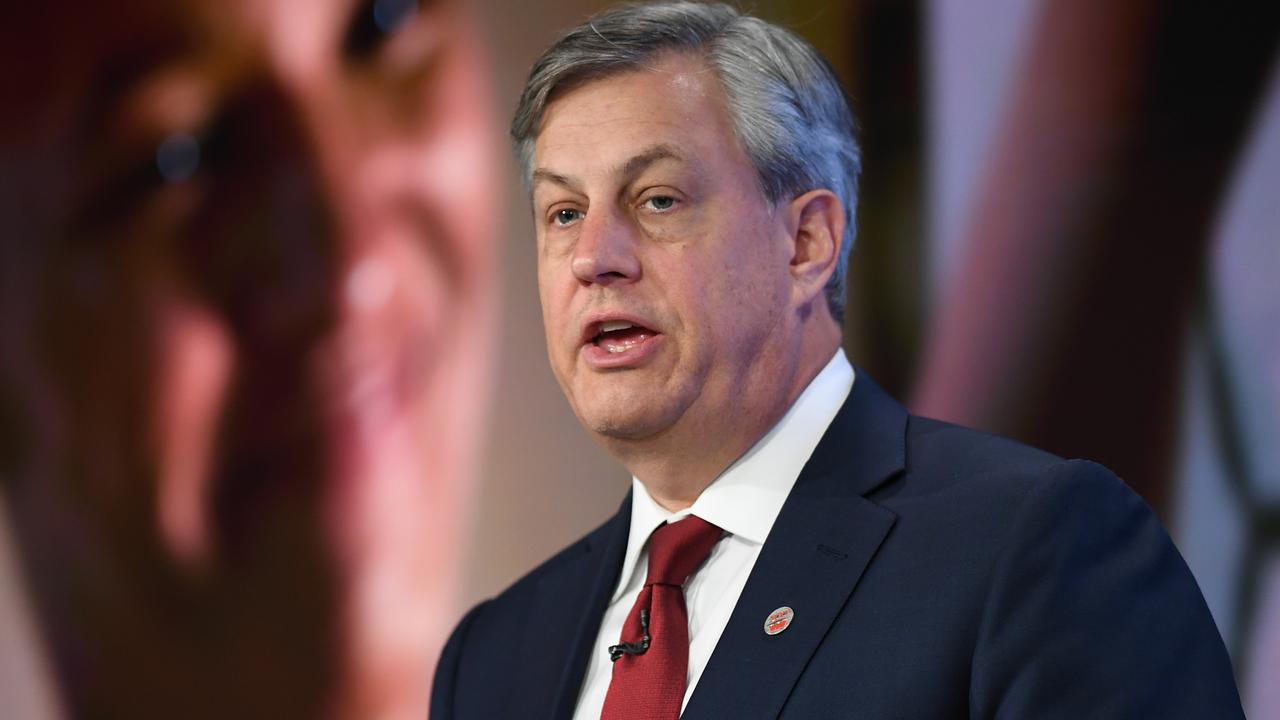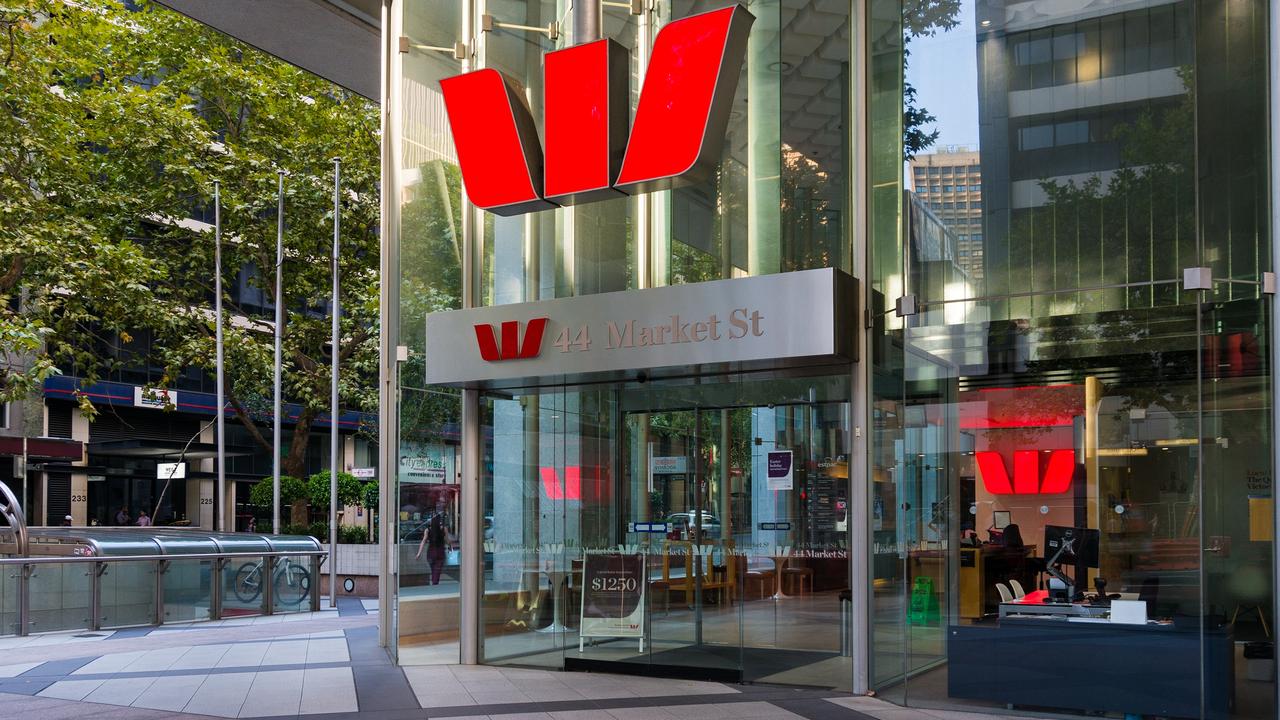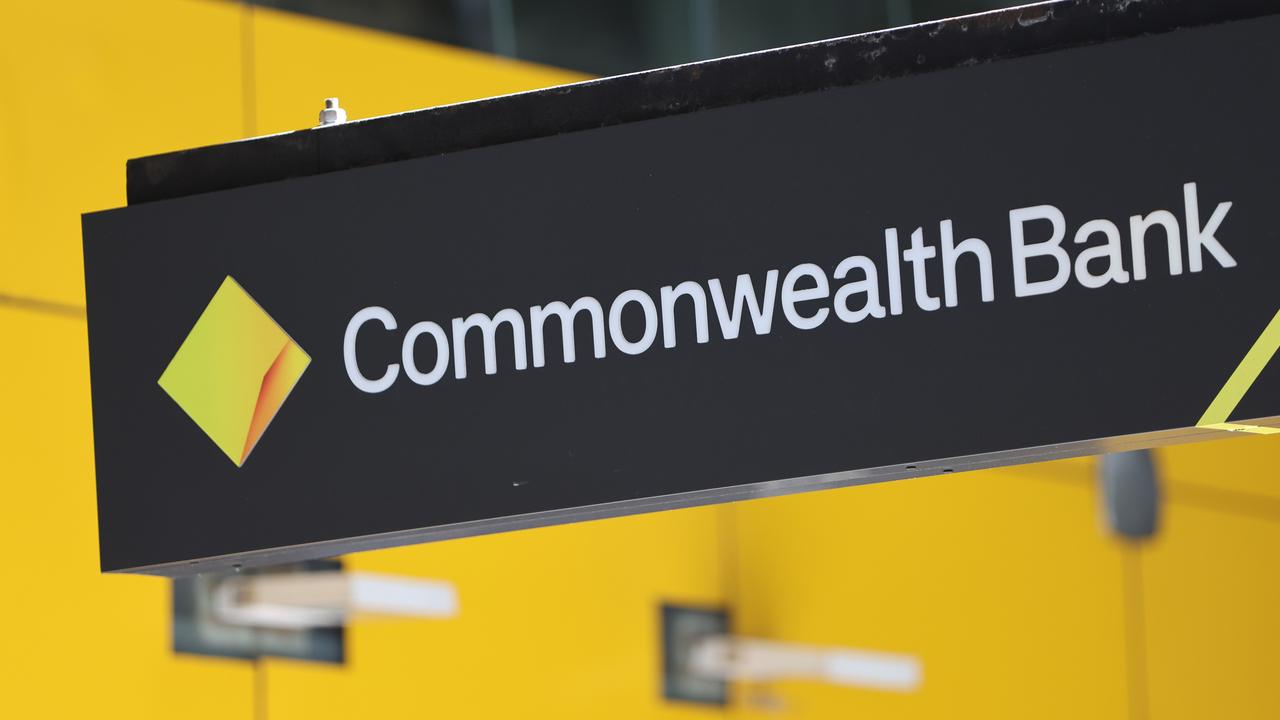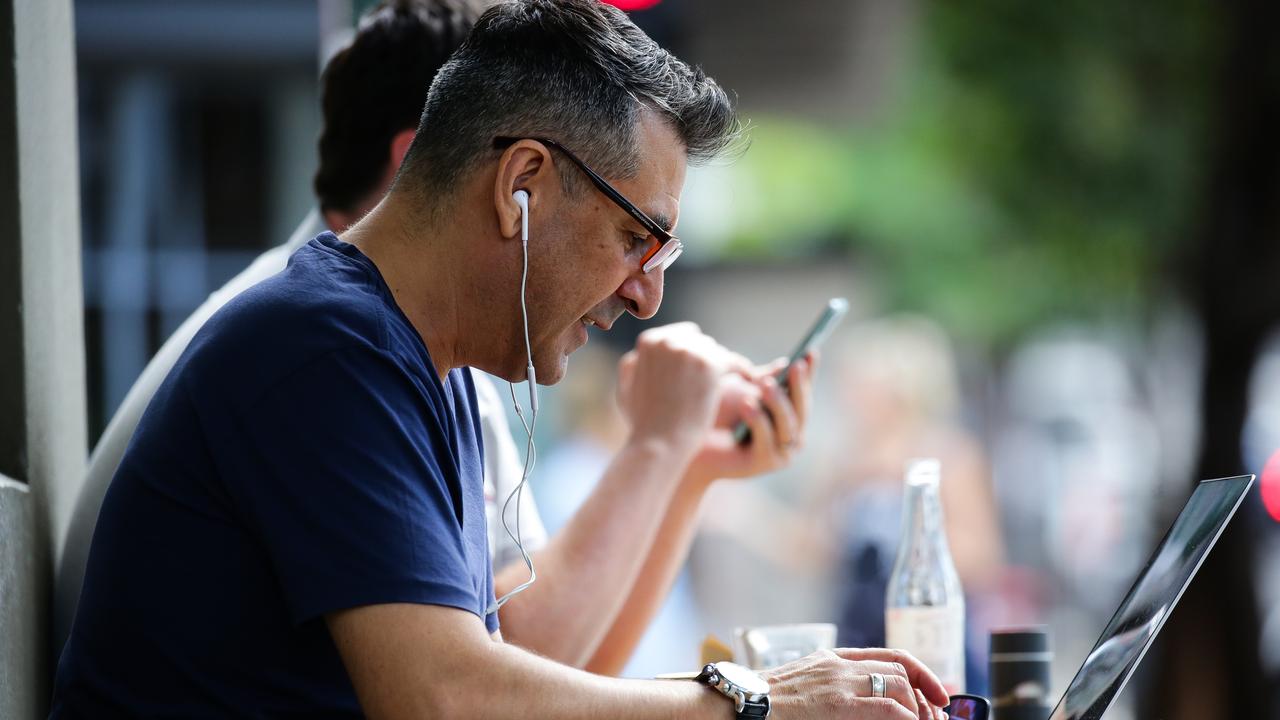Westpac wants to raise $2.5 billion capital after 15 per cent profit slide
Westpac has requested a trading halt on the ASX after disastrous results. The bank is making a $2.5b plea as the boss makes a big sacrifice.

Westpac is hoping to raise $2.5 billion in capital from its investors after a “disappointing year” saw its cash profit plummet.
The country’s second largest bank requested a trading halt from the ASX on Monday morning as part of the announcement after revealing its profit tumbled 15 per cent to $6.85 billion in the 12 months to September — its worst result since the Global Financial Crisis.
“2019 has been a disappointing year,” chief executive Brian Hartzer said. “Financial results are down significantly in a challenging, low-growth, low interest rate environment.”
RELATED: ANZ Bank delivers flat $6.47 billion profit in ‘challenging’ conditions
RELATED: Pilot slams Qantas boss Alan Joyce’s $24 million salary
RELATED: Melbourne, Sydney prices are bouncing back as national market surges
The result has led to the major lender cutting its dividend for the first time in a decade while Mr Hartzer rejected being paid a bonus for the year, turning down a payment worth as much as $4.03 million.
He told reporters this afternoon it wouldn’t have been fair for his team to receive short-term bonuses given the bank’s recent performance.
“It’s very important that we have strong alignment between the executives and the shareholders,” Mr Hartzer said.
“And it was clear to me earlier in the year, given the magnitude of the provisions, that there was going to be a significant impact on the financials and I thought that it was important that I recognise that impact.”
Customer remediation costs of $658 million weighed on the bank’s earnings while the investment into its wealth division had cost $172 million for the year.
Mr Hartzer said these internal expenses combined with the low interest rate environment meant the bank had little choice but to seek the massive capital needed bolster its balance sheet.
Shareholders’ payments will also be slashed.
“The decision to reduce our second-half dividend to 80 cents per share was not easy, as we know many of our shareholders rely on our dividends for income,” Mr Hartzer said.
“However, we felt it was necessary to bring the dividend payout ratio to a more sustainable medium-term range given the capital raising and the lower return on equity.”

Mr Hartzer said his bank would likely continue to feel the squeeze in 2020 as the residential construction cycle contracts and the Australian economy remains subdued.
He said consumers remained cautious with flat wage growth constraining spending, though lower interest rates, improved housing sentiment and targeted income tax cuts would help growth prospects.
“We also expect the recent recovery in house prices, particularly in Sydney and Melbourne, to extend into 2020,” Mr Hartzer said.
Westpac said it aims to raise $2 billion via a fully underwritten institutional share placement, and another $500 million via a non-underwritten share purchase plan to give it an increased buffer above APRA’s “unquestionably strong” capital benchmark of 10.5 per cent.
The placement will be undertaken at a fixed price of $25.32, a 6.5 per cent discount on the last close and a 8.1 per cent discount to the adjusted five-day volume weighted average price.
The bank’s shares were last trading at $27.88 and are expected to remain in a trading halt until Tuesday as it completes its capital raising.

Westpac’s big four rival ANZ also cited “challenging” conditions over the year for the sector when it revealed a sharp decline in its core Australian division last week due to record low interest rates and increased competition.
The major lender will pay a partially franked dividend for the first time in 20 years after low interest rates and customer compensation dragged on its local retail operations and led to a flat full-year profit of $6.47 billion.
The bank held its final dividend at 80 cents per share but reduced the franking level from 100 per cent to 70 per cent for its first partially franked dividend since 1999.
Chief executive Shayne Elliott said the franking decision was a result of pressures facing the profitability of the bank’s Australian business, which posted a 12 per cent fall in profit to $3.2 billion amid record low interest rates and strong competition.
Factoring in its discontinued wealth operations, ANZ’s total cash profit for the 12 months to September 30 rose 6 per cent.
“This has been a challenging year of slow economic growth, increased competition, regulatory change and global uncertainty,” Mr Elliott said in a release on Thursday.
“Retail and commercial in Australia had a difficult year … (and) increased remediation charges, intense competition and record low interest rates have had a significant impact on earnings.”
BUSINESS CONFIDENCE
Mr Hartzer told reporters this afternoon there were a number of factors that were weighing on business confidence and the economy more broadly, such as global trade tensions and restrictions on lending within Australia.
He said the Reserve Bank of Australia needed to be supported by policies that encourage businesses to invest, create jobs, and bolster the portion of the population paying taxes.
“I certainly think interest rates are pretty low and it’s not obvious to me that interest rate levels are the problem, I think what we need is more fundamental reforms that give business confidence to get on and grow,” he said.
The RBA has been vocal on its preference for the government to increase fiscal stimulus through investing in large projects, but Mr Hartzer said the economic resolution wasn’t as simple as this.
“Government spending is really important in terms of continuing to invest in infrastructure that is supporting economic growth overall,” the Westpac boss said.
“But it’s more than just spending, it’s really about creating an environment where businesses feel that taking a risk is going to be rewarded.”
— with AAP
Were you relying on a dividend from Westpac? Comment below or get in touch | @James_P_Hall | james.hall1@news.com.a




